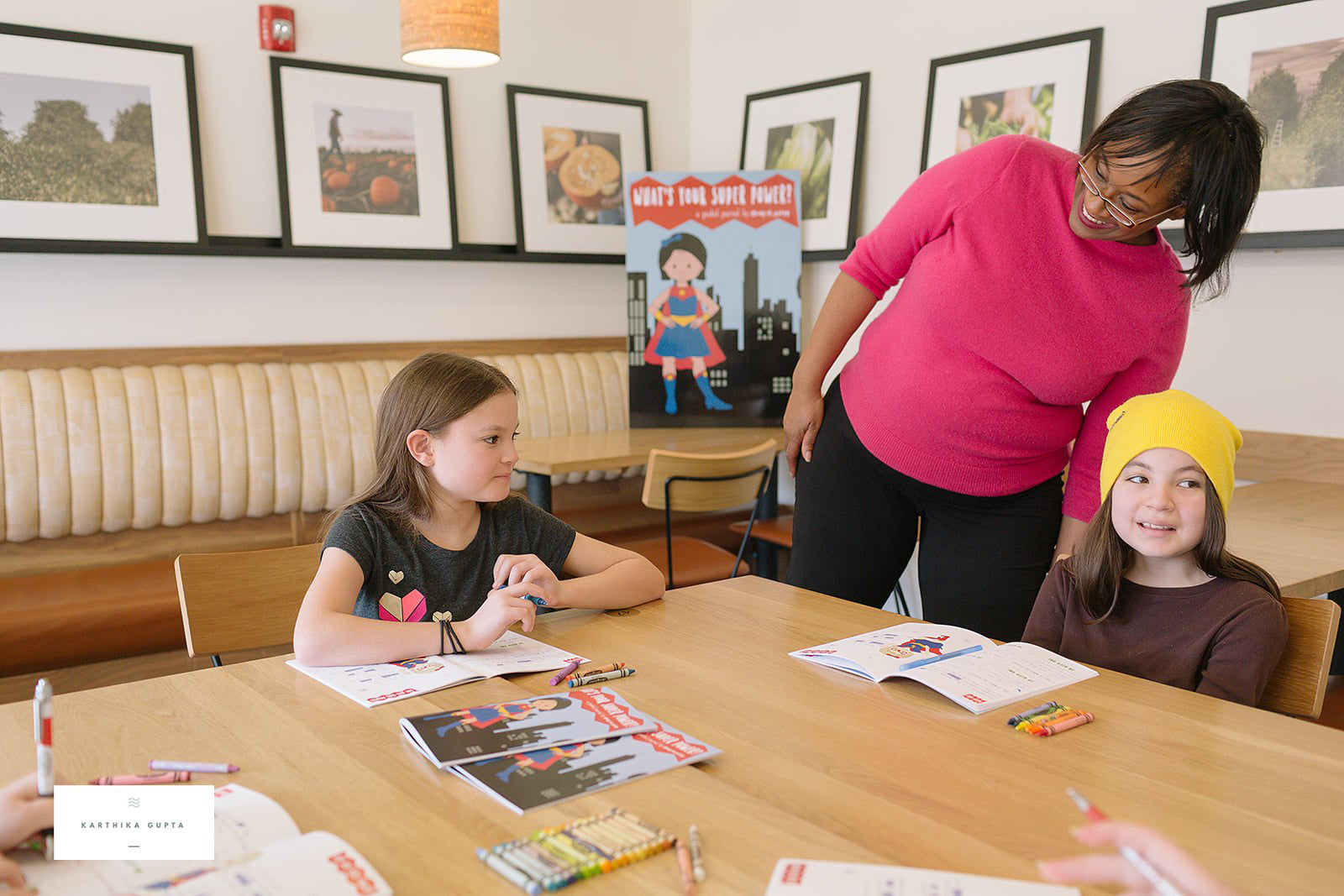
During a webinar that I recently hosted called, “Strategies for Creating an Anti-Racist Environment in Your School,” I discussed how books and other resources used in schools often have racist content or a lack of diverse voices. The bias that exists in most school collections is not limited to race. There is also bias related to gender, sexual orientation, nationality, and family makeup.
When materials that teachers use to educate our children contain bias, our children will have a similarly biased, limited, and incomplete understanding of the communities in which they live. This will also be reflected in their views of the larger world outside of their immediate community.
I initially focused on the necessity of teachers, librarians, and curriculum committees to review books and eliminate those that contain bias. However, as I delved into this topic more, I realize that there are other strategies to effectively address the issue of bias in materials commonly found in school book collections.
Replace offensive language in classics and older course materials
School collections may include classics or older books that both teachers and children love. While these books contain valuable lessons, they also have troubling language.
During the Q&A part of the webinar, one teacher mentioned a fairytale that she reads to her first graders from a book called, The Seven-Year-Old Wonder Book, by Isabel Wyatt. The tale refers to a “black imp”- a negative creature. The teacher understood that far too often the term “black” is used to refer to bad, mean, sad, criminal, or otherwise negative characteristics. Finding “black imp” to be problematic, the teacher chose to replace the term black and use “naughty imp” or “mischievous imp.”
Replacing inaccurate or racially offensive language as well as explaining why language is inappropriate can provide teachable moments. This teaching method can also provide opportunities to initiate dialog about race, gender, and other types of bias.
Teach students to review literature critically to identify biased language
Another teacher who attended the webinar mentioned that she plans to incorporate the book, Johnny Tremain, by Esther Hoskins Forbes when she teaches the American Revolution to her 8th graders. She found that a few references to black slaves were ill-written. Her approach is to give the students some context and explain why that way of referencing black slaves is not appropriate and why.
By showing students examples of biased language, teachers can help them develop their critical thinking skills so that they can identify bias in books on their own. They can then use these skills to look for other forms of bias beyond language, including in the plot, in the relationships between characters, and other components of the story. These are skills that students will use throughout their life whether they are reading for a course or for pleasure.
This can also be a cost-effective way of addressing the issue of school book collections that contain racist or other biased books. Instead of replacing the books, they can be repurposed as tools to promote a more inclusive mindset within the school.
Facilitate a student review of the school’s book collection
A few years ago, third grade students at High Tech Elementary North County in San Marcos, California reviewed their book collection as part of the school’s social justice project. The students had to answer the question: How diverse is our classroom library? They reviewed all the books, graphed their findings and concluded that there was not enough diversity in their library.
I thought this was an amazing idea that more schools should execute. Teachers can begin by giving the class a project to review all the books in their classroom or perhaps a section of books in the Library Media Center. Multiple classrooms in the same grade level can participate and compare notes on overlapping titles or split the LMC so that each class reviews a section of books.
This project can incorporate several skills such as reading, critical thinking, writing, and math. As students read the books, they will practice their reading and comprehension skills. They will use their critical thinking skills to identify bias in the books. This project can incorporate writing lessons if the students write a summary of their findings, as well as letters to the school curriculum committee, a letter to the director of the LMC (or staff member in charge of purchasing books), and any applicable school administrators. Students may also choose to write a letter to the publisher of the book to address their concerns about the content that they discovered.
The teacher can incorporate math into the project by instructing students to use the data that they assemble to create a chart of their findings. This chart can include the percentage of books with no bias, books with racial bias, books with gender bias, etc, compared to all of the books that they reviewed.
In a different example, a middle school class in Arlington, Virginia did a review of sports related books in its library to see which groups are under-represented. Their project included researching and grading the books based on whether they refuted or reinforced stereotypes. At the end of the project they discussed their findings.
Perform a school leader review of book collection
For these methods to work, teachers must be willing to read books ahead of time and with a more critical eye. School leaders might consider creating a list of problematic books and offer best practices to addressing biased or racist language. One way to do this is to perform a school leader review of the book collection at the school.
Assemble a team of school leaders who can review all the books in the school library, in classrooms, and the adopted course materials in the school curriculum. Let the team know that the goal is to identify all books that include bias and decide the next steps to take with each title. The team can choose to remove the materials and replace them with books that are free of bias. They can also create a strategy to utilize those books to teach students about social justice.
A great tool to use to set the criteria for which books contain bias can be found on the Social Justice Books website. This guide offers extensive information on what to look for including illustrations, the overall storyline, relationships between people, and much more.
For more resources, join my Facebook group, My Super Powers! Community.
Stacey Montgomery, Founder
Stacey M Design and Stacey Montgomery Publishing
@2020. Stacey Montgomery. All rights reserved.





Leave a Comment